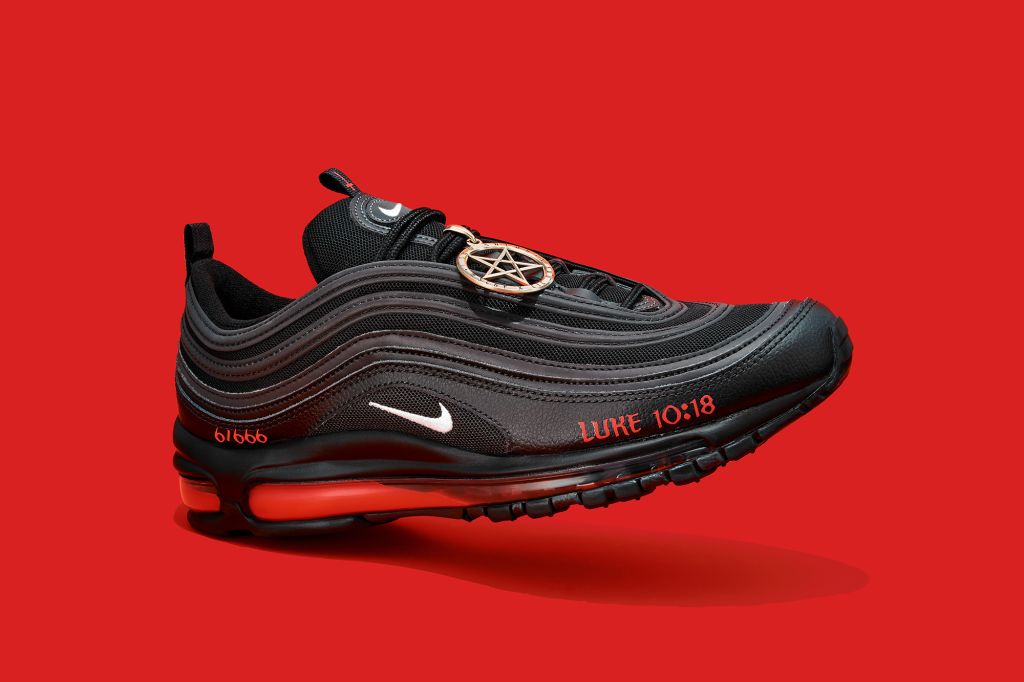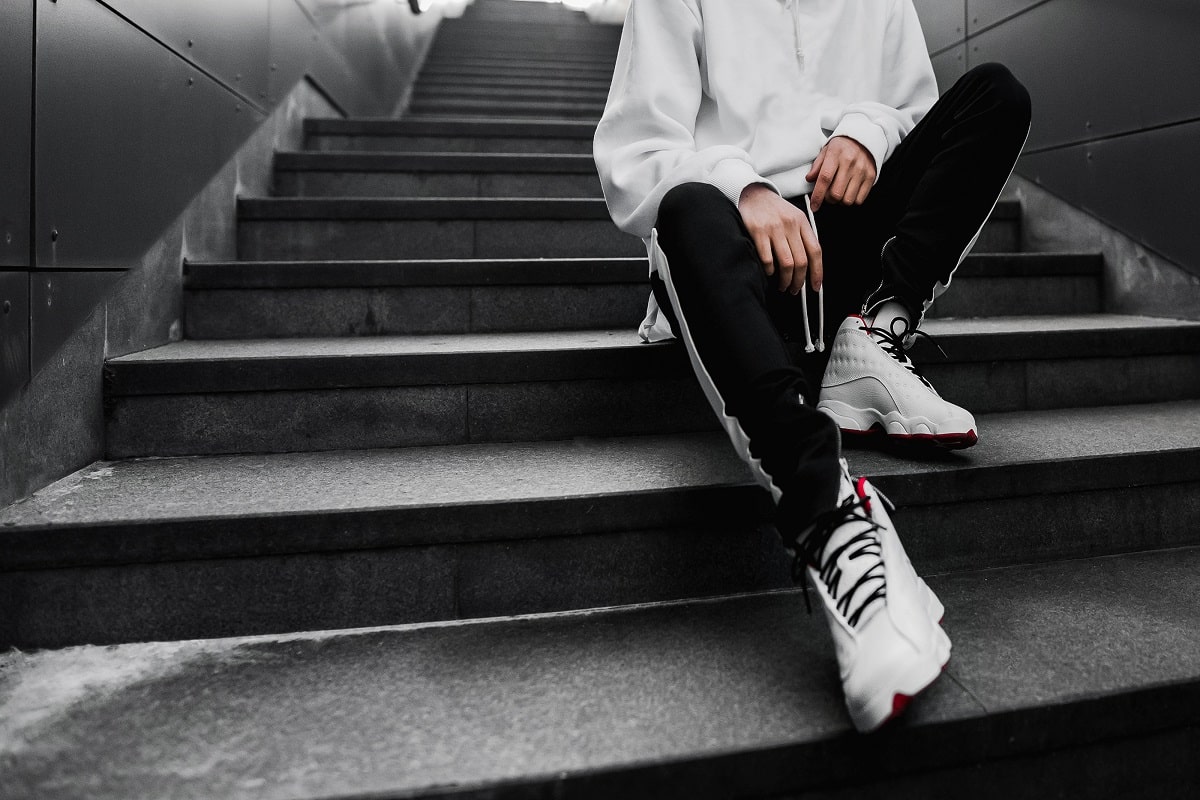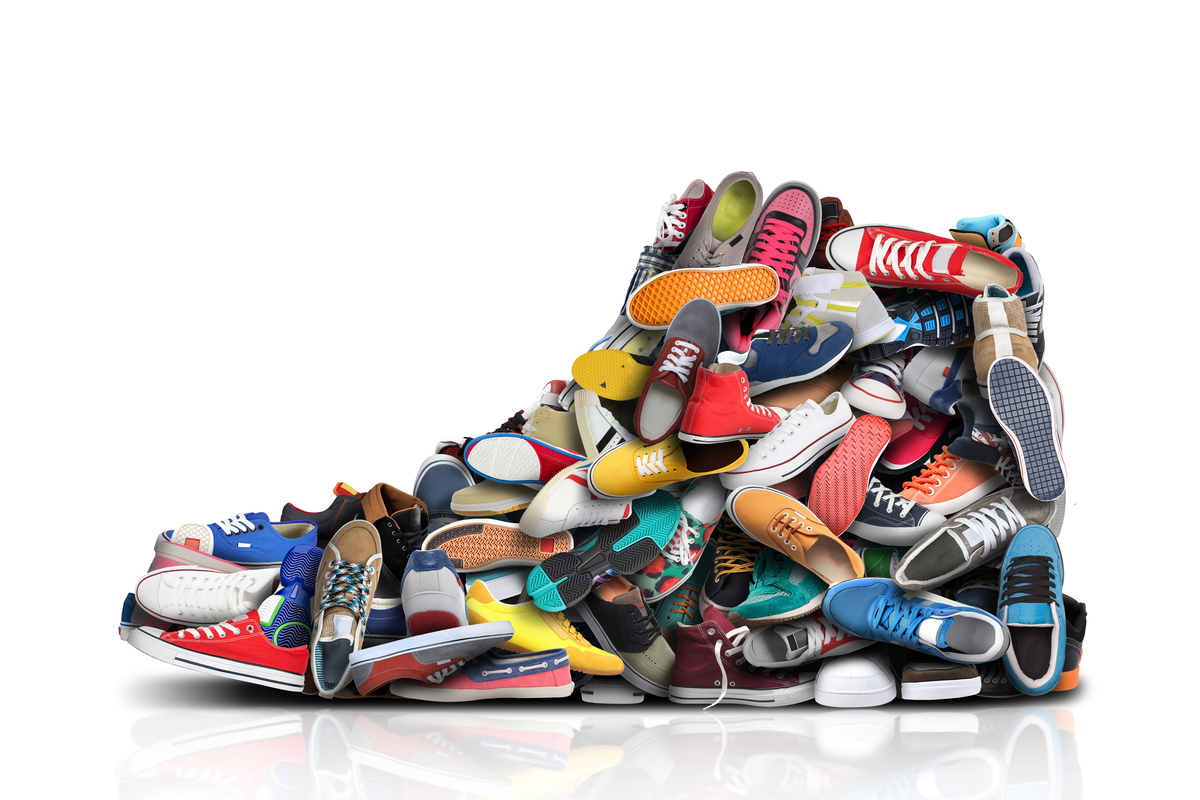When people think of fashion, they often think of the high prices and glamorous runway shows associated with luxury brands like Louis Vuitton, Balmain, and Gucci. In actuality, the fashion industry spans a wide range of markets such as haute couture, luxury fashion, fast fashion, economy fashion, and ready-to-wear. In 2020, these industries were valued at more than $1.5 trillion combined. With the type of worldwide reach, the industry relies on different sectors to function optimally.
Textile Design and Production
When considering what makes great fashion, very few people discuss the importance of textiles. An item of clothing can be elevated by an interesting or unique pattern. Textiles are any fibers or yarn that can be made into clothing and can be natural or synthetic. Textile design involves weaving and interlocking textiles to form usable fabrics for clothing production. There are three subsections of textile design: printed, woven, and mixed media. Printed textile design utilizes inks and dyes to imprint patterns into fabric. Woven textile design focuses on interlacing fibers to create a design. Mixed media textile design pulls from multiple techniques like appliqué, laser cutting, and weaving.
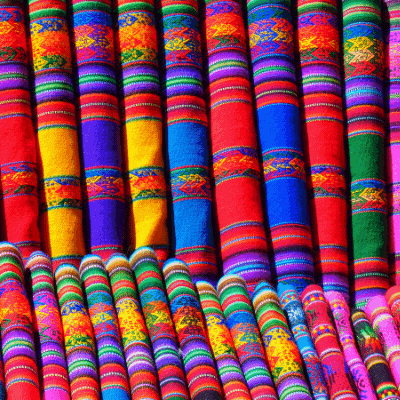
Fashion’s impact on the environment has been a point of contention for environmentalists for years. Textile production is at the core of the issues because of its reliance on harmful chemicals and disposal methods. According to the U.S. Environmental Protection Agency, 17 million tons of textile waste ended up in landfills in 2018. To address concerns, some manufacturers have made the switch from synthetic dyes to natural ones like hemp and coffee ground fibers. In the future, textile production will likely be digital. There’s already been an increase in the use of 3-D printing, and that type of innovation will continue as designers and manufacturers search for methods that are sustainably responsible.
Possible Careers in Textile Design and Production: Textile Colorist, Sustainability Officer, Fabric Researcher
Fashion Design and Manufacturing
Fashion design is the process of using aesthetics to create unique and original pieces of clothing and accessories. In recent years, designers in luxury fashion have gone from behind the scenes to become the faces of their labels. In fast fashion and economy, designers are anonymous and often work as part of larger product development teams for manufacturers. Most manufacturers produce budget-friendly and moderate-priced apparel and use independently owned plans to complete production. Some companies may have facilities to handle specific aspects of the manufacturing process to reduce costs.
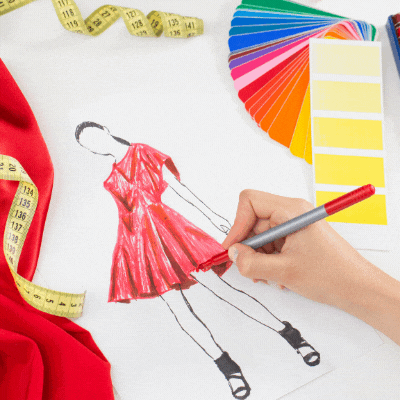
Fashion has been a prime example of an industry behind the curve of diversity and inclusion. Fashion designers and labels have long faced criticism for the lack of diversity behind the scenes and in front of the camera. That has somewhat shifted in recent years. Slowly, major brands have made efforts to include more racially and physically diverse representation. In 2021, Aaron Rose Philips became the first Black disabled transgender person to be featured in a major runway show when she walked in Moschino’s Spring/Summer 2022 show.
Possible Careers: Inventory Planner, Production Manager, Sample Coordinator
Fashion Shows
Fashion shows are events where labels showcase their upcoming releases to the public and are crucial in marketing. In the luxury section, most shows occur during Fashion Week. Fashion shows debut during the Spring/Summer, Fall/Winter, Resort, and Pre-Fall seasons with additional shows in the Men’s and Couture categories. Fashion Week is a worldwide event, with major shows held in Milan, Paris, New York City, Berlin, and London. Pulling off a successful presentation requires effort from a small army of people across stage management, cast, stage managers, and lighting and sound crews.
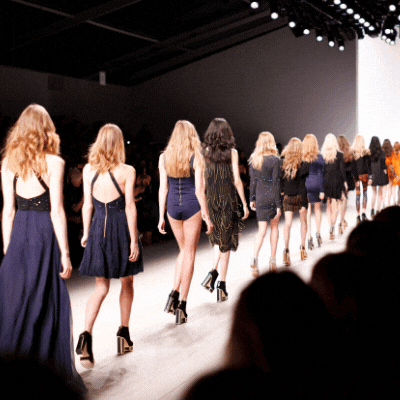
When Covid-19 hit, every industry had to pivot to digital. Fashion was uniquely able to take advantage of less than ideal circumstances with their fashion shows. Moschino, Prada, and J.W. Anderson successfully hosted virtual runway shows that were lauded for their creativity. The virtual trend seems to be here to stay. In 2021, Rihanna decided to make her highly anticipated Savage x Fenty Show Vol. 3 presentation completely virtual.
Possible Careers: Creative Director, Stylist, Videographer
Media and Marketing
Fashion Media is the creation of content for marketing. It involves writing and editing, art direction, and photography. Magazines like Vogue, Vanity Fair, and Glamour dominated fashion journalism in the past. However, as social media has evolved, so has fashion media. Large media corporations are no longer the sole trendsetters. A designer or a brand can go viral overnight on Instagram and TikTok.
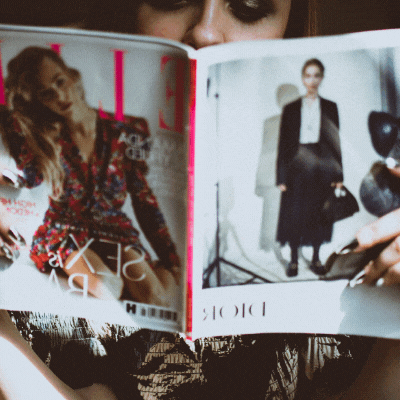
The future of fashion marketing will be social media. Marketers across all types of fashion are beginning to see the untapped potential and instant impact that social media holds. Brands are exploring unexpected platforms like Discord, OnlyFans, and Twitch beyond standard ads. Voo Store, a Berlin-based retailer, started an OnlyFans account for the freedom of creative expression. “We were getting reported on Instagram all the time because it’s like ‘oh you’re showing a bit too much of skin’ So we said f*ck it. We have to find a platform where we can actually do what we want to,” explained creative director Thibaud Guyonnet.
Possible Careers: Fashion Journalist, Fashion Influencer, Style Editor
Fashion Retailing and Merchandising
After clothes and accessories are designed and manufactured, they are ready for consumers. Retail is the process of purchasing clothes from manufacturers, wholesalers, or importers and selling them to customers. It is the final step in the supply chain. Retailers tend to buy products for resale about three months before they are available in-store. There are differences between fashion marketing and merchandising. Fashion marketers are responsible for increasing product visibility for a store or a brand’s target market. They plan and promote sales using advertising campaigns, promotional events, and media placements. Fashion merchandising is similar to marketing but relies more on forecasting trends before developing products.
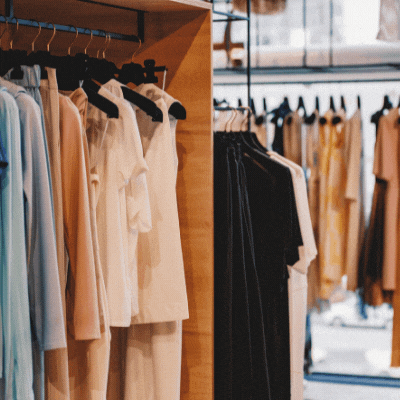
Retail was another area of fashion that faced significant impact due to the Covid-19 pandemic. Consumers turned to online alternatives for shopping due to quarantine and in-person restrictions. In turn, ecommerce experienced a surge in revenue and had a global market value of $759.5 billion in 2021. That figure is projected to hit $1 trillion by 2025.
Possible Careers: Ecommerce Manager, Merchandiser, Warehouse Fulfillment Associate
For more information about careers in the fashion industry, download Yellowbrick’s Ultimate Fashion Career Guide.

